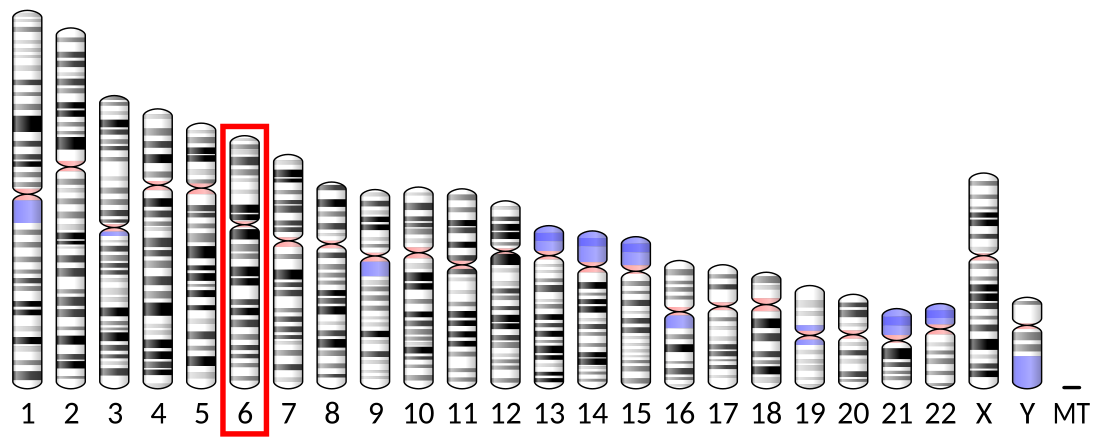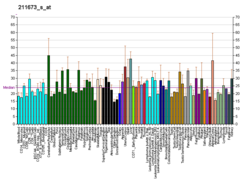Top Qs
Timeline
Chat
Perspective
MOCS1
Protein-coding gene in the species Homo sapiens From Wikipedia, the free encyclopedia
Remove ads
Molybdenum cofactor biosynthesis protein 1 is a protein that in humans and other animals, fungi, and cellular slime molds, is encoded by the MOCS1 gene.[5][6] [7] [8]
Both copies of this gene are defective in patients with molybdenum cofactor deficiency, type A.[8]
Molybdenum cofactor biosynthesis is a conserved pathway leading to the biological activation of molybdenum. The gene contains two open reading frames, termed MOCS1A and MOCS1B. The former is a GTP 3',8-cyclase homologous to MoaA, the latter a cyclic pyranopterin monophosphate synthase homologous to MoaC. The two work in series in the biosynthetic pathway.[9]
The gene has a complex pattern of alternative splicing. MOCS1A is produced by a splice variant that appears to be a bicistronic mRNA containing both ORFs, but this mRNA actually only translates to MOCS1A. Two of the splice variants found for this gene express proteins (MOCS1A-MOCS1B) that result from a fusion between the two open reading frames; active MOCS1B is only produced in a form preceded by an inactive version of MOCS1A.[9]
Remove ads
References
Further reading
Wikiwand - on
Seamless Wikipedia browsing. On steroids.
Remove ads






